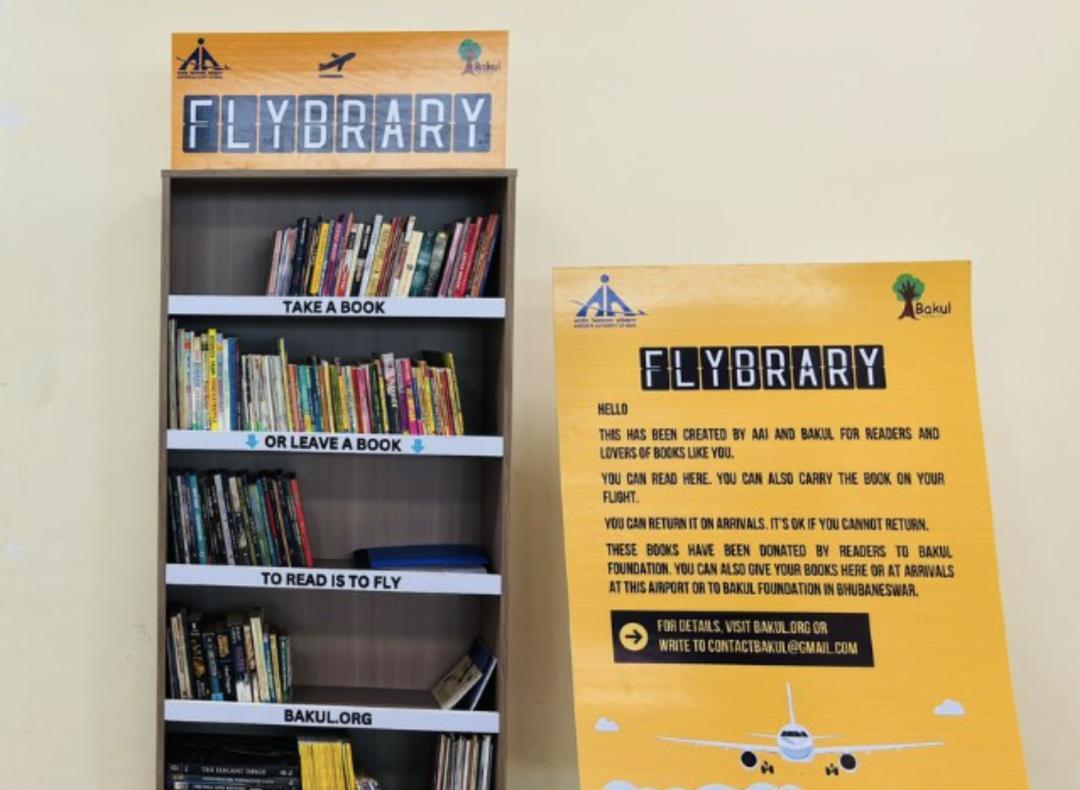What is a Flybrary?
The term “Flybrary” cleverly combines “flying” and “library,” representing mobile book-sharing spaces that appear in unexpected locations—airports, parks, trains, and neighborhood corners. Rather than being confined to traditional buildings, Flybraries spread the joy of reading by making books accessible on the go, often through simple borrow-and-return systems. This concept is rooted in the belief that stories should be free to travel, reaching new readers and embarking on fresh adventures.
Where to Find Flybraries
Flybraries take various forms depending on the community and setting:
- Airports & Airplanes: Many airports now feature small book stations for travelers, and some airlines provide in-flight libraries.
- Trains & Bus Stops: A quick commute can turn into an engaging reading experience.
- Pop-up Parks & Beaches: Ideal for enjoying a book on a sunny day.
- Digital Flybraries: E-books and audiobooks available for download via QR codes in public spaces.
Flybrary at Bhubaneswar Airport: India’s First “Take-a-Book” Library in Transit
In a world dominated by screens and fast-paced travel, Flybrary offers a serene alternative. Located at Biju Patnaik International Airport, this pioneering “take-a-book” library allows passengers to pick up a book—no membership or fees required—and return it at any Flybrary shelf during their next visit.
This initiative, a collaboration between the Bakul Foundation and the Airports Authority of India (AAI), features two unmanned bookshelves in the Departure and Arrival areas, stocked with a diverse selection of English, Hindi, and Odia books, including novels, children’s literature, self-help guides, coffee-table books, and magazines like National Geographic.
Every day, volunteers maintain the shelves, restocking and organizing around 600 books donated by readers, ensuring the literary spirit thrives. With the motto “To Read Is to Fly,” Flybrary turns airport waiting into a moment of discovery, relaxation, and connection, with words serving as anchors of stillness amid the hustle.
Why Flybrary Matters
- Accessibility: It eliminates physical and financial barriers to reading.
- Community Spirit: It fosters book exchanges and ignites conversations among strangers.
- Sustainability: Reusing books minimizes waste and promotes eco-friendly practices.
- Spontaneous Discovery: You might find a book you never would have chosen otherwise.
How to Start or Support a Flybrary
- Start Small: Set up a weatherproof box of books in your neighborhood.
- Partner with Public Spaces: Collaborate with schools, cafés, transit hubs, or airports.
- Spread the Word: Encourage others to donate books and utilize the Flybrary.
- Go Digital: Create QR codes linking to free e-book platforms.
Flybrary – Benefits at a Glance
- Transform idle wait times into literary adventures
- Relax & de-stress before boarding
- Discover new authors & cultures
- Enjoy free & light reading – no bulky books
- Options for all ages (kids, teens, adults)
- Encourage a reading culture
- Give a platform to local & regional writers
- Multilingual & accessible formats (ebooks, audiobooks)
- Build a sense of shared global stories
Flybrary is more than just a unique idea; it’s a movement that brings literature to life in unexpected places. Whether you discover one while waiting for a train or establish one in your community, it serves as a reminder that reading knows no boundaries. After all, books are meant to soar.


